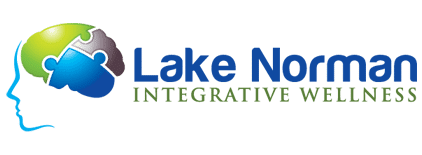How To Buy The Right Honey

Regular Honey Sold In Grocery Stores (aka Fake Honey)
Food Safety News did a searing investigation and found that 76% of the honey sold in grocery stores is treated with “ultra-filtration,” a process that not only removes impurities like wax, but also pollen traces. Taking all brands into consideration, generic brands were the most likely to be ultra-filtered.Ultra-filtration brings different issues. Many agree that pollen, and other “impurities,” are actually good for our health, making honey a much better choice than its rivals like sugar, for example.
This process does not bring many important benefits. On the contrary, it is expensive, does not improve the shelf-life, despite the fact that manufacturers say it does.
They say the ultra-filtration should be avoided mostly because the pollen is the only way to trace the source of the honey and its location. Ultra-filtered honey is often used to mask shady origins, especially Chinese honey, subjected to heavy import tariffs because of the contamination with heavy metals and illegal antibiotics.
Honey samples were sent to Vaughn Bryant, a professor at Texas A&M University. He found that three fourths of the honey had no pollen, meaning it was unidentifiable and unsafe. Here are some of his findings:
- 100% of Winnie the Pooh in Walmart stores had the pollen removed.
- 100% of the honey from individual packets from KFC and McDonald’s had also all the pollen removed.
- 77% of the honey from big box stores like Sam’s Club, Costco, and Target had no pollen.
- 100% of the honey from drugstores like Walgreen’s and CVS Pharmacy had all the pollen removed.
His testings showed that honey from co-ops, farmers markets and stores like Trader Joes had the full amount of original pollen.
Many have presented their concerns to the FDA, trying to stop adulterated and smuggled honey from standing on the grocery shelves, but with no success, as it seems.
The EU changed the labeling regulations, and required that honey containers had “pollen” added as an ingredient, even though some honey farmers objected, mostly those who call pollen intrinsic to their product.
(Source: Earthwareone)Raw Honey (Local Honey)
Just as raw vegetables are preferable because of their nutritional content, the same is true of honey. Raw honey is honey that has not been heated, pasteurized or processed in any way.
One ounce of raw honey has 20 vitamins, 18 amino acids, 16 minerals and lots of antioxidants and phytonutrients. It has strong antibacterial, antiviral and anti-fungal properties, and is highly nutritious.
Raw honey is packed with significant amounts of B2, B3, B5, B6, C, magnesium, potassium, calcium, sodium chlorine, sulphur, and phosphate.
The health benefits of raw honey are seemingly endless:- Anti-viral and anti-fungal properties
- Contains polyphenols, a powerful antioxidant
- Helps ward off allergies
- Soothes sore throats and is a natural expectorant (i.e. is great to eat when you have a cold)
- Stabilizes blood pressure and balances blood sugar levels
- Boosts immune function
- Helps heal skin conditions and wounds when applied topically
- Promotes digestive health
- As an alkaline-forming food, helps combat chronic illness
